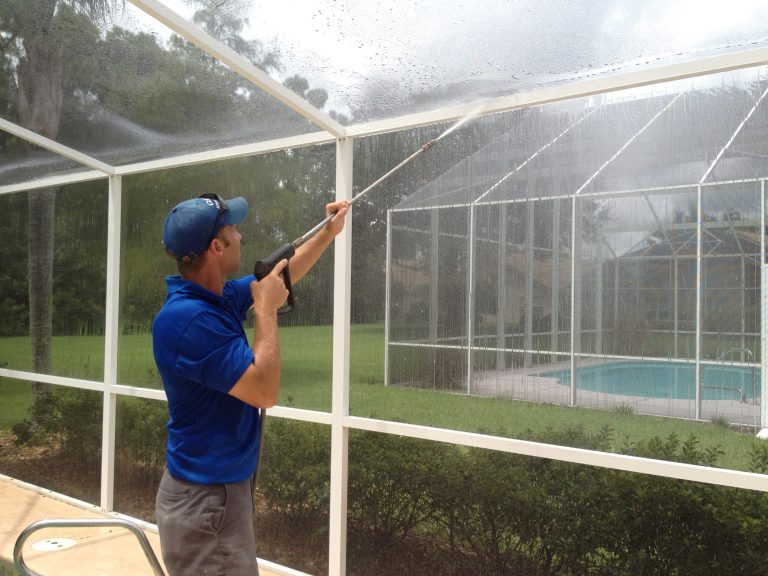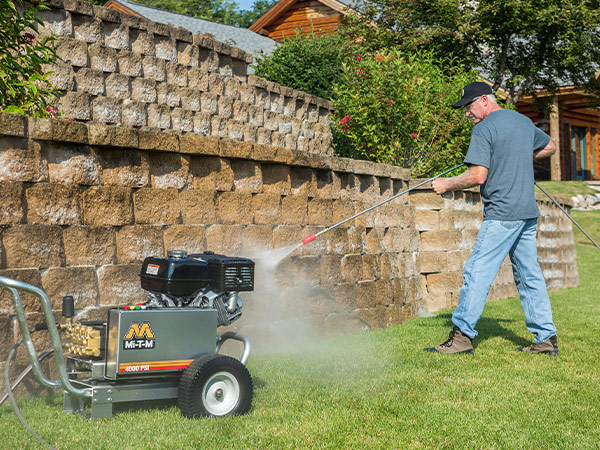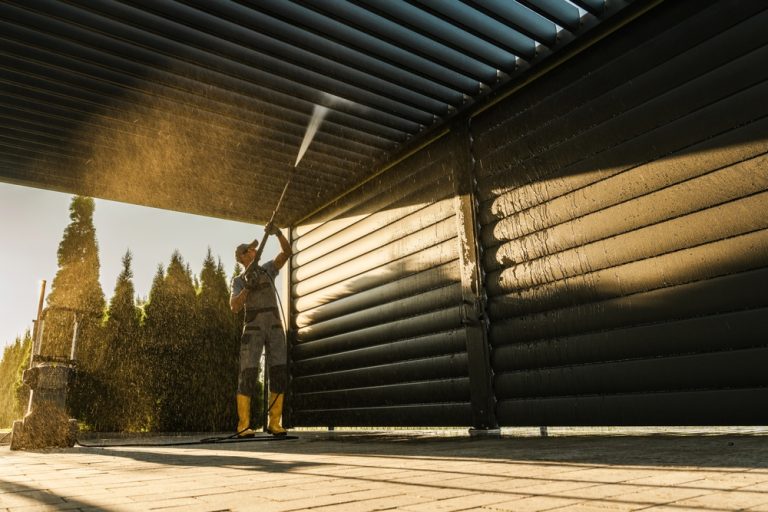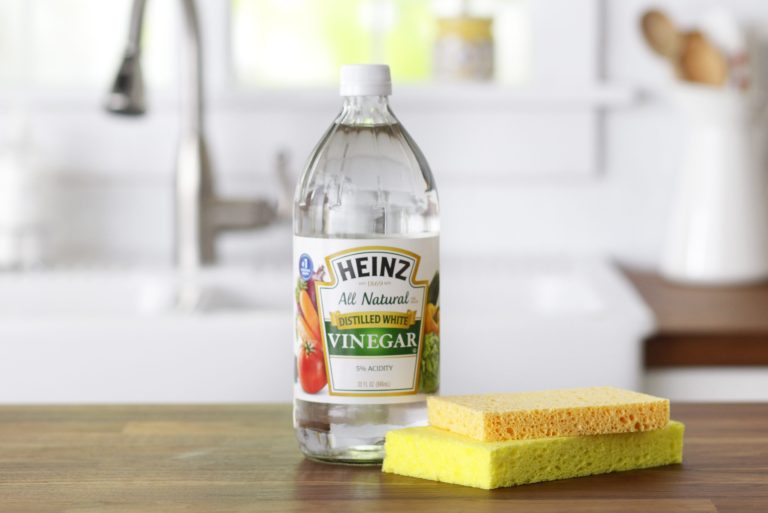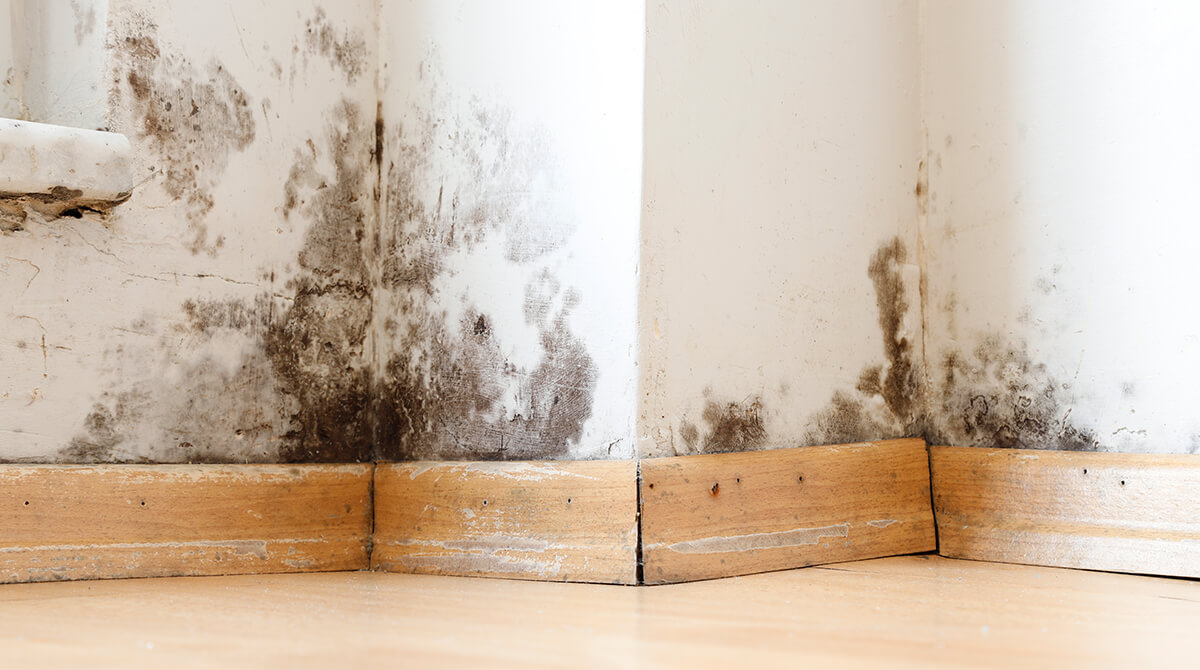
Mold and mildew are the usual suspects behind slimy siding, discolored decks, and that musty smell lingering around outdoor surfaces. So when you pull out the pressure washer to blast it all away, you might assume you’re getting rid of the problem. But here’s a surprising twist:
Pressure washing can actually spread mold and mildew—if you’re not careful. 😬
Yep, that powerful stream of water that feels like it’s cleaning everything spotless can also become a vehicle for spreading mold spores. The good news? There are ways to prevent this and make pressure washing a safe and effective tool in your fight against fungi.
Let’s break down why this happens, how to avoid it, and what steps ensure you’re not just moving mold from one part of your property to another. 🚫🍄
🧪 How Mold and Mildew Spread
Mold and mildew reproduce by releasing microscopic spores into the air. These spores are:
- Lightweight
- Invisible to the naked eye
- Capable of traveling via air or water
When you use a pressure washer without the right technique or cleaning solution, you may loosen colonies of mold—but instead of killing the spores, you launch them across your siding, patio, roof, or even onto neighboring properties. 🌀🌬️
This is especially common when:
- You use plain water only (no mold-killing detergent)
- You spray high-pressure water into cracks or gaps
- You don’t rinse properly afterward
🧼 The Right Way to Pressure Wash Mold & Mildew
To make sure you’re actually eliminating mold instead of spreading it around, follow these essential steps:
1. Use a Mold-Specific Cleaner
Before you power up your machine, apply a biodegradable mold and mildew remover to the affected area. These cleaners are designed to kill spores at the root.
🧽 Don’t rely on water alone—it can rinse off surface mold, but it won’t kill the spores underneath.
Look for detergents labeled:
- Mold & Mildew Remover
- House & Siding Cleaner
- Anti-Fungal Exterior Wash
Many are compatible with pressure washer soap dispensers.
2. Let It Soak In
After applying the cleaning solution, let it sit for 5–10 minutes to penetrate the mold. This gives it time to loosen spores and kill the colony, rather than just pushing it around.
⚠️ Be sure not to let the detergent dry—keep the surface wet as needed.
3. Rinse Gently, Not Forcefully
When it’s time to rinse, use:
- A low-pressure setting (under 2,000 PSI)
- A 25° or 40° nozzle for wider coverage
- A spraying angle of 45° to prevent forcing water into gaps
Avoid blasting directly into cracks, joints, or seams. That’s where mold hides—and where spores can sneak into deeper surfaces or interior walls.
4. Clean Surrounding Areas
If you’re only pressure washing one section, nearby areas that didn’t get cleaned may become landing zones for spores. Whenever possible, wash full walls or large sections, not just spot-treatments. This helps prevent recontamination.
Think of it like brushing your teeth—you wouldn’t only brush one tooth. 😁🪥
🌿 Bonus Tip: Don’t Forget the Gutter System
Gutters are prime mold real estate—filled with damp leaves, dirt, and shade. If you pressure wash your siding but ignore clogged or dirty gutters, mold spores can travel down when it rains and re-infest the clean surfaces.
🪣 Use a gutter cleaner attachment or manually scoop debris out before pressure washing nearby areas.
🧠 Common Mistakes That Spread Mold
- ❌ Using high pressure on moldy wood (this opens pores and spreads spores)
- ❌ Skipping detergent
- ❌ Not washing downwind surfaces (like windows or trim)
- ❌ Ignoring surfaces like patio furniture or deck railings
- ❌ Forgetting to rinse the pressure washer hose and nozzle (spores can cling inside)
Even your pressure washer itself can harbor mold if stored damp—so always dry it and clean it after use.
🛡️ How to Prevent Mold Regrowth After Washing
Once you’ve cleaned an area, keep it mold-free by:
- Trimming nearby plants to improve sunlight exposure
- Directing sprinklers away from walls and fences
- Improving ventilation around shaded areas
- Applying a mold-resistant sealant or paint after drying
💡 Mold thrives in darkness, dampness, and neglect. Beat it with light, airflow, and maintenance!
🧠 Final Thoughts
Pressure washing can be an effective tool against mold and mildew—but only when used properly. With the right cleaning solution, technique, and precautions, you’ll eliminate spores rather than help them spread. 🧼🔬
To recap:
- ✅ Use a mold-killing detergent, not just water
- 💦 Spray at low pressure and gentle angles
- 🧽 Wash full sections to prevent cross-contamination
- 🧹 Clean gutters and surrounding areas to avoid re-infestation
- ☀️ Take preventive measures post-cleaning to keep mold from returning
Pressure washing is a smart part of your mold-control toolkit—just make sure it’s working for you, not against you. 💪🍃
